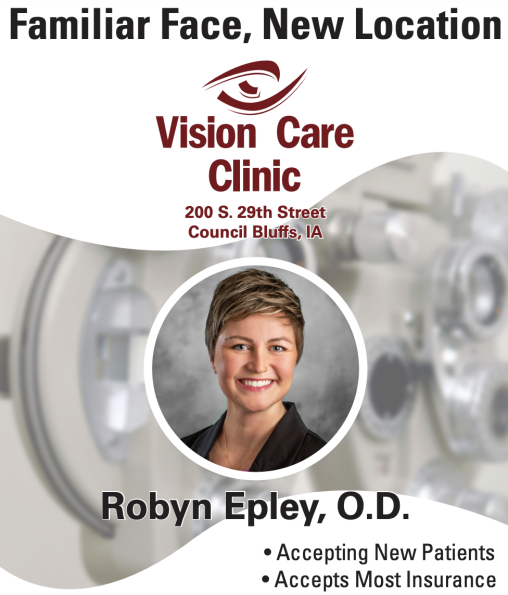One of the leading causes of blindness for people over 60.
Glaucoma is a group of eye conditions that damages the nerve connecting the eye to the brain. Left untreated, glaucoma can result in permanent blindness in just a few years. The seriousness of this common eye disease underscores the importance of having regular eye exams.
If you haven’t seen an eye doctor within the past year, call Vision Care Clinic today or schedule an appointment online.
What is glaucoma?
Glaucoma is an eye disease that causes damage to your optic nerve. It typically results from a build-up of fluid in the front part of the eye. The pressure caused by this extra fluid damages the optic nerve, leading to blindness.
There are two primary types of glaucoma: open-angle and angle-closure.
Open-angle glaucoma (a.k.a. wide-angle glaucoma) is the most common. With this type of glaucoma, your eye’s drainage system looks normal but the fluid doesn’t leave the eye as it’s designed to do.
Angle-closure glaucoma is more common in Asia than in Western countries. It is also sometimes called chronic angle-closure glaucoma or narrow-angle glaucoma. This type of glaucoma is marked by the drain space between your cornea and iris narrowing. This can cause your intraocular pressure to suddenly buildup. Farsightedness and cataracts are also associated with this type of glaucoma.
What are the symptoms of glaucoma?
Glaucoma doesn’t usually display any symptoms in the early stages, which is why early detection during yearly eye exams is essential.
The following are some common symptoms of glaucoma:
- Halos surrounding lights
- Redness in your eyes
- Vomiting and/or nausea
- Eye pain
- Loss of peripheral vision
- Narrowed, or tunnel, vision
Who is at risk for developing glaucoma?
Anyone can develop glaucoma. But in most cases, it affects adults age 40 and older.
Other risk factors include:
- Diabetes
- Trauma to the eye
- Taking certain medications such as prednisone
- Family history of glaucoma
How is glaucoma diagnosed and treated?
During an eye exam, your eye care provider will check your eye pressure and dilate your pupils to examine the back of your eye, including the optic nerve. You’ll likely also undergo tests such as a visual field exam to check your peripheral vision.
If you do have glaucoma, the treatment plan will depend on the severity of the condition. Typical options include eye drops, laser surgery, or microsurgery. The least invasive treatment is preferred, but severe cases may require surgery immediately in order to alleviate fluid blockages.
At Vision Care Clinic, we partner with you to protect the health of your eyes and your vision. Learn more about glaucoma by calling our office or by scheduling an appointment online.
Find the location nearest you and schedule an appointment today.


